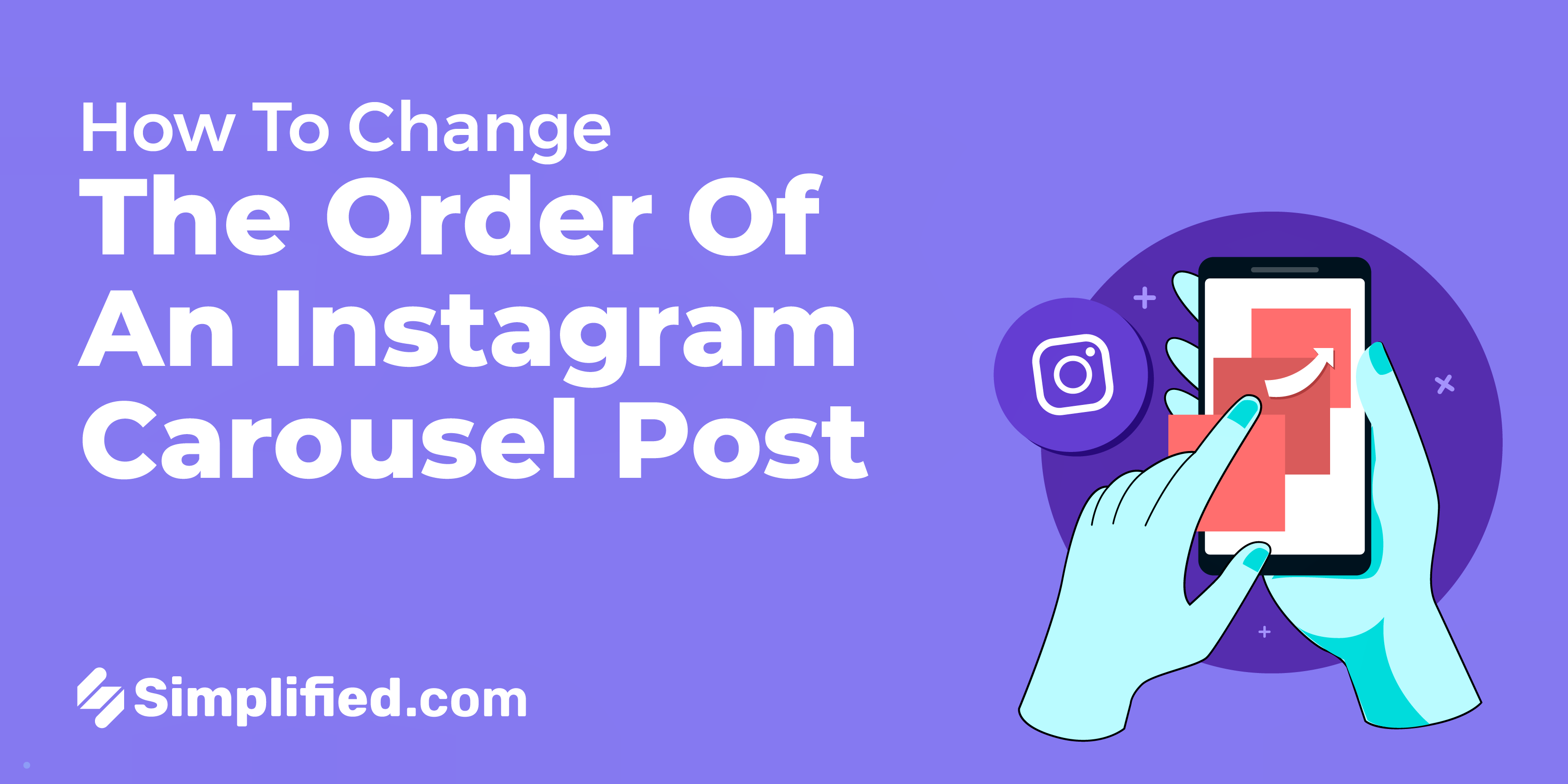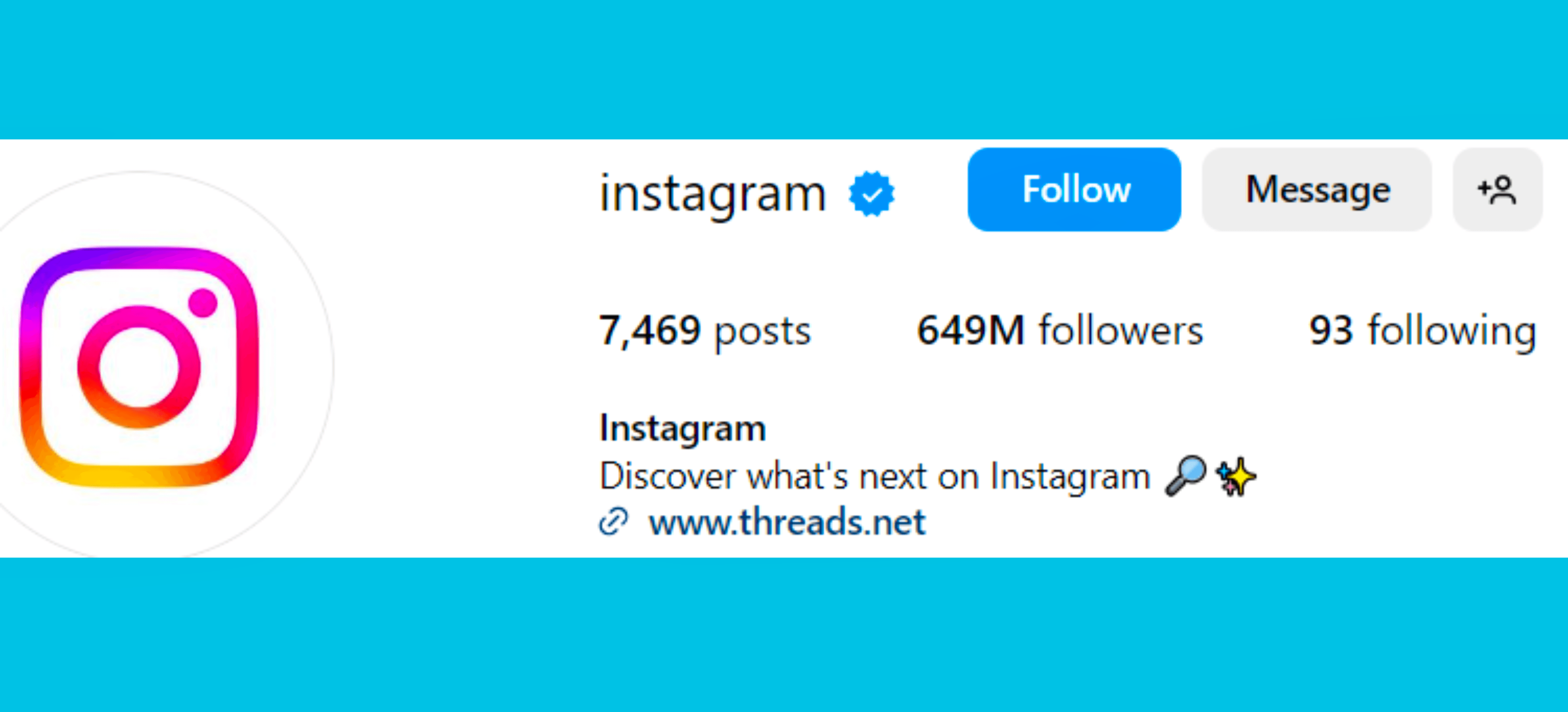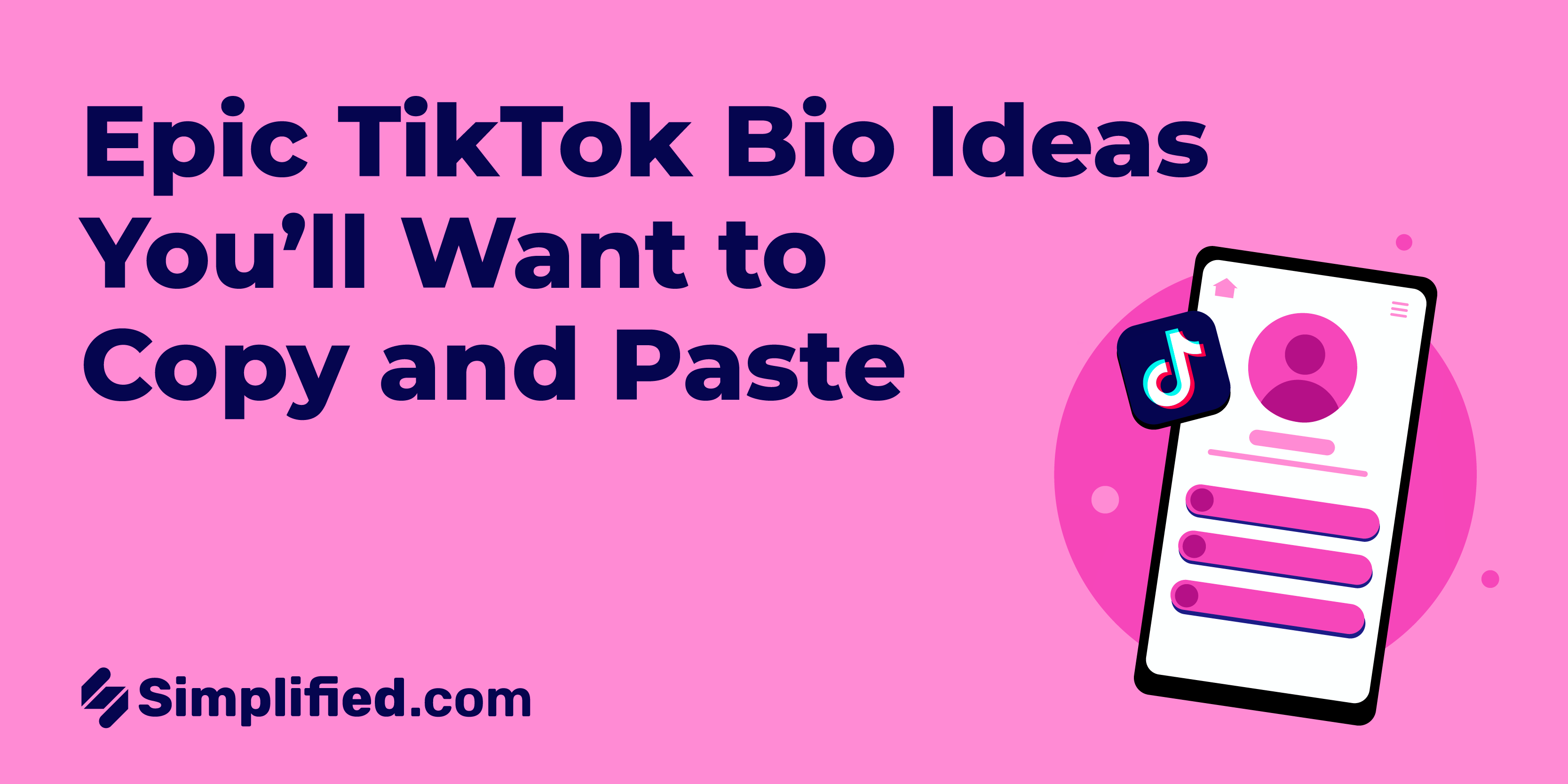Gamification is a term that has gained prominence in the dynamic realm of social media, transforming user engagement strategies across various platforms. Let's delve into the depths of its meaning and discover how it significantly influences the digital landscape.
What Does Gamification Mean?
Gamification is the integration of game-like elements, such as rewards, challenges, and interactive features, into non-gaming contexts, aiming to enhance user participation and motivation. In the context of social media, it introduces game dynamics to encourage users to engage more actively with content and communities.
Gamification on Social Media: A Strategic Approach
Engaging Audiences Through Playful Dynamics
In the world of social media, gamification is a strategic approach employed by platforms to make interactions more enjoyable and compelling. By incorporating elements like badges, points, and challenges, social media networks enhance user experience and foster a sense of community.
Platforms Embracing Gamification
Where "Gamification" Finds Its Home
While the concept of gamification is applicable across various social media platforms, it is most often associated with platforms that emphasize visual content and community participation. Instagram and TikTok, for example, leverage gamified features like filters, challenges, and rewards to keep their users actively involved.
Audiences of the Social Media Glossary: Who Benefits from Understanding "Gamification"?
Tailoring Information for Diverse Audiences
1. Social Media Professionals:
a) Understand the strategic use of gamification for effective audience engagement.
b) Implement gamified features in campaigns to boost brand interactions.
2. Content Creators and Influencers:
a) Explore gamification's role in creating compelling and shareable content.
b) Enhance audience interaction through gamified challenges and experiences.
3. Marketing and Communication Students:
a) Incorporate gamification concepts into marketing strategies.
b) Analyze the impact of gamified campaigns on user behavior.
4. Business Owners and Entrepreneurs:
a) Leverage gamification to enhance customer loyalty and brand advocacy.
b) Stay informed on industry trends to implement gamified features effectively.
5. Educators and Trainers:
a) Integrate gamification principles into online learning environments.
b) Enhance audience engagement during training sessions using gamified elements.
6. General Social Media Users:
a) Recognize gamified features on platforms for a more immersive experience.
b) Understand the motivations behind gamification in social media interactions.
In the context of social media, "Gamification" is most frequently used and embraced on visually-oriented platforms such as Instagram and TikTok. These platforms leverage gamified features like interactive filters, challenges, and reward systems to keep users entertained, engaged, and returning for more.In conclusion, the term "Gamification" transcends its literal meaning, becoming a key player in shaping user experiences across social media platforms. Whether you're a professional, a content creator, or an everyday social media user, understanding the nuances of gamification enhances your ability to navigate and enjoy the dynamic digital landscape.
.webp)













